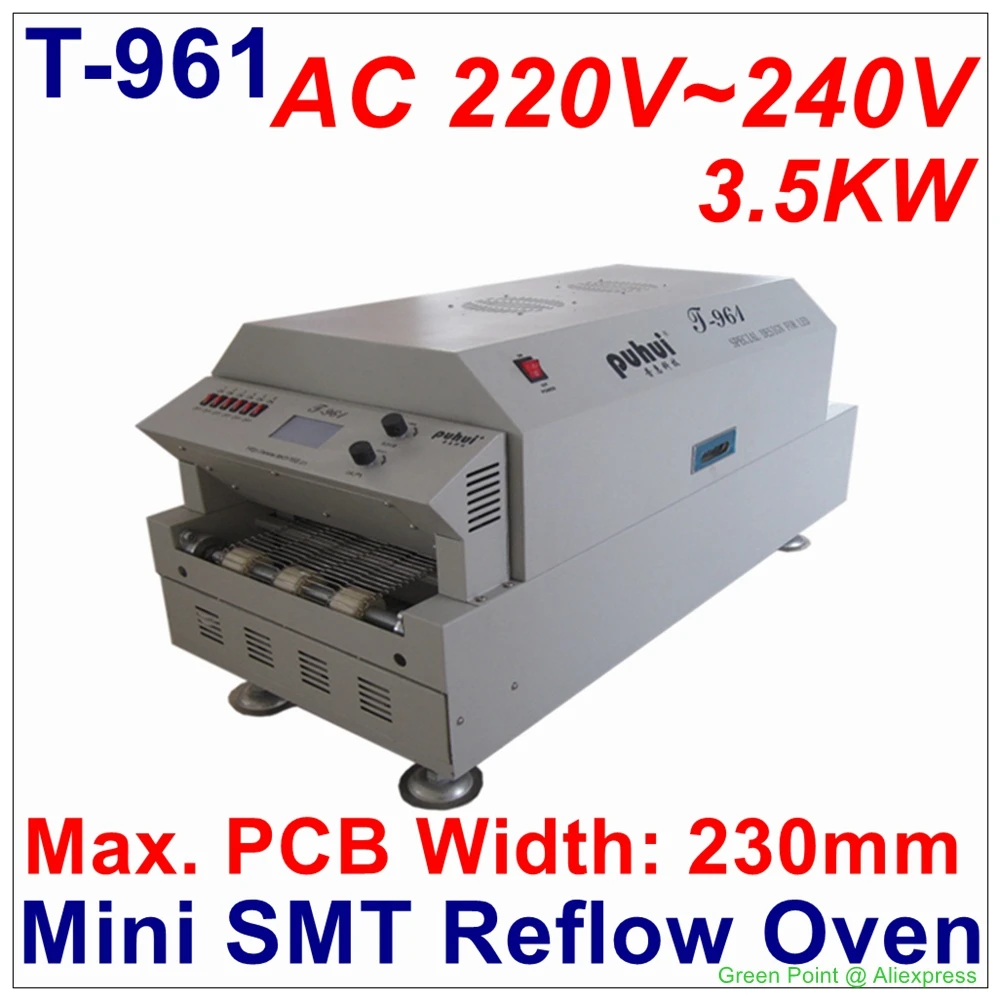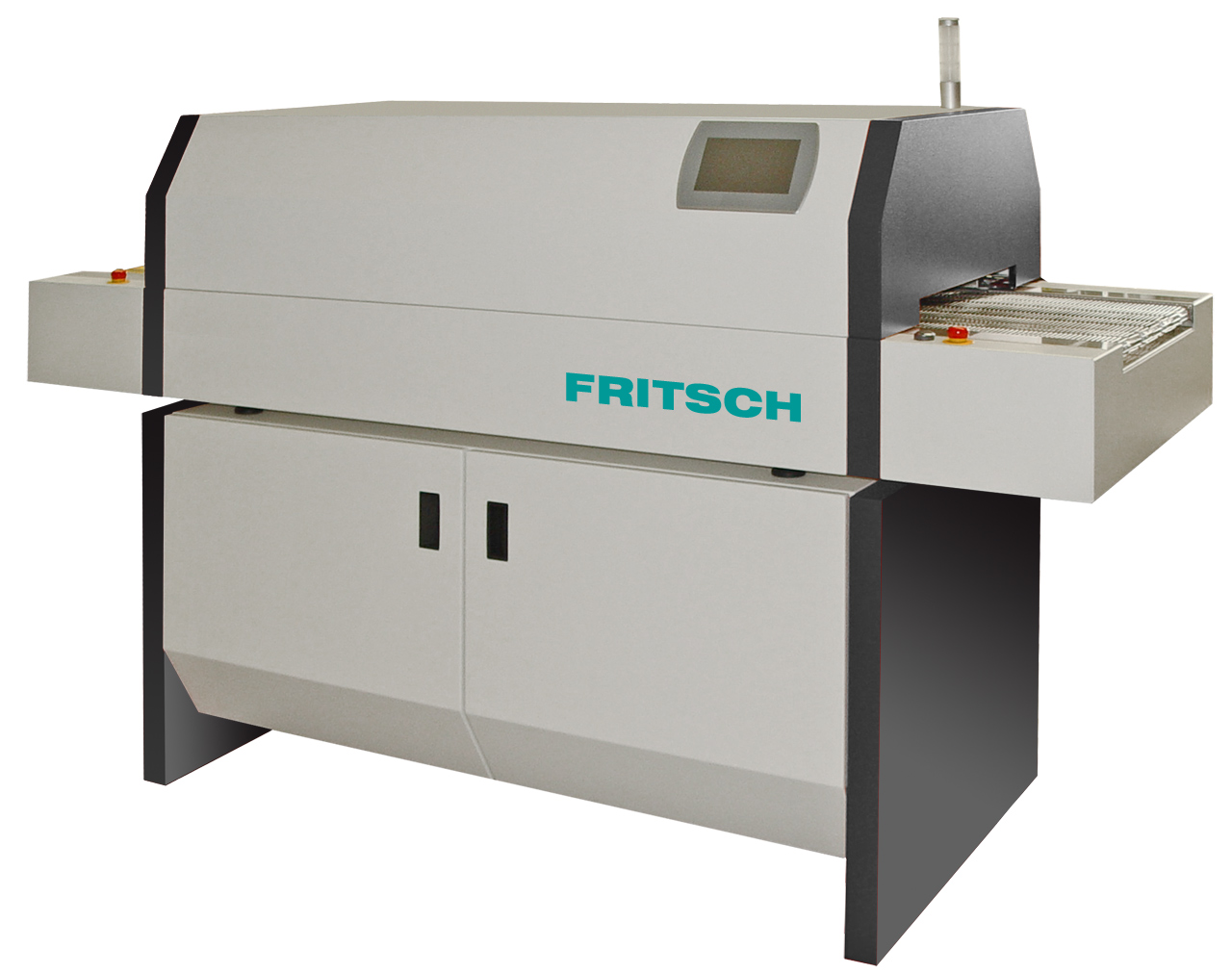

But, you should see some solder balling as well.

If it's close to the component, the moisture under the tape will outgas at the easiest escape route, a wrinkle in the tape is a good place for failure. We have seen assemblies with kapton tape masking that went through a wash cycle after primary exhibit this. You'd see solder balls.Īnd don't solder like my brother and watch out for those flying parts. But if the paste was generating the explosive force I would anticipate you wouldn't see indentations. Moisture and bad solder paste might also be the cause. Check the flow uniformity out of the diffuser and nozzle plate on the top side of the board. If not, go back to your oven, turn it on and try to locate physically where the condition is happening in the oven. So look for those popped off parts, see if they aren't bulging. With more parts being thinner, plastic, larger dies, and higher temperatures for lead-free - all of those have made the potential for moisture damage greater. Many people have good MSD programs and some of them are pretty good, but we've always been able to find holes in them where something can slip through the cracks. We have been in only one facility in our many year of combined consulting experiences where we have observed a fool-proof MSD program. If parts are blowing off I would suspect moisture sensitivity because it's one of the most universal problems that we see in our consulting business. But if you hear popping, that means you have a moisture sensitivity control program that has gone astray or is nonexistent and that's another whole topic area. That would be a challenge to hear the popping above the sound of the fans and everything else. You can also stand near your oven when the parts are going through and listen to hear the popping. You'll find that the bottom has bulged, usually with permanent cracks, and that's what's typically called popcorning because you usually can hear a pop inside the oven.

You should be able to see permanent damage, popcorning type cracking on the bottom side of QFP, SOIC or BGA components. You may have to open the oven after it's cooled off and find the component inside. If that's true, you should be able to look at the part after it comes out of oven. Or have you gotten some flux or other contaminant material into the oven such that it's plugged up some of the holes and caused a high velocity of gas to come out of one hole because adjacent holes are plugged up.Ĭertainly we have seen moisture cause parts to blow of boards, to be lifted off their pads causing indentations. So the question, has somebody been tinkering with the oven internal setups? Most convection ovens are designed to give you pretty uniform gas flow and will not blow of components, particularly larger components. It could be a fan problem, or more likely a diffuser or nozzle plate problem. And the answer to your specific question is it could be either. In this case we're assuming that if you're talking about moisture damage, you're probably talking about a plastic IC package. Could the fans in our convection reflow oven be blowing the part of the PCB, or is it more likely due to a component moisture problem? This comes from D.L. The question relates to SMT components popping off during reflow.One particular SMT component is popping off during the reflow process leaving indentations in the solder. Jim, what do we have today?Ī thing dear to our heart as we're old oven guys. Yes it's Jim Hall and Phil Zarrow, the Assembly Brothers here to attempt to tackle your SMT process problems. He is a pioneer in the science of reflow. He has vast experience in SMT equipment, materials and processes.Ī Lean Six-Sigma Master Blackbelt, Jim has a wealth of knowledge in soldering, thermal technology, equipment and process basics. With over 35 years experience in PCB assembly, Phil is one of the leading experts in SMT process failure analysis. Process Troubleshooting, Failure Analysis, Process Audits, Process Set-upĬEM Selection/Qualification, SMT Training/Seminars, Legal Disputes Could the fans in our convection reflow oven be blowing the part of the PCB? The Assembly Brothers, Phil Zarrow and Jim Hall, answer these questions.īoard Talk Board Talk is presented by Phil Zarrow and Jim Hall of ITM Consulting. One particular SMT component is popping off during the reflow process leaving indentations in the solder. To view this video please enable JavaScript, and consider upgrading to a web browser that supports HTML5 video.


 0 kommentar(er)
0 kommentar(er)
